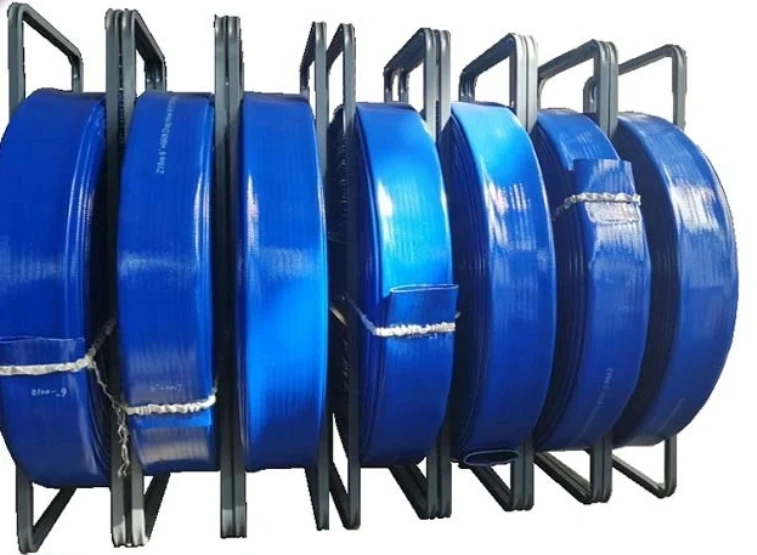ducting hose
The Versatility and Importance of Ducting Hose in Modern Applications
Ducting hose, a flexible and versatile conduit used for the transportation of air, gases, and particulate matter, plays a significant role in various industries. This essential component is indispensable in settings ranging from construction sites to HVAC systems, demonstrating its importance in maintaining efficiency and safety in diverse applications.
One of the primary uses of ducting hose is in the construction industry. Here, it is commonly employed for dust and debris management. During construction or renovation projects, the amount of dust generated can be considerable, posing health risks to workers and impacting the surrounding environment. By utilizing ducting hoses connected to industrial vacuums, contractors can effectively capture and remove dust and harmful particles, ensuring a cleaner and safer worksite. This not only enhances worker health but also complies with environmental regulations regarding air quality.
In addition to construction, ducting hose is integral to various industrial processes. Factories often rely on these hoses to transport air, fumes, and particles from one location to another. Ducting hoses made from materials such as PVC, polyurethane, or silicone are used based on the specific requirements of the application, including temperature, chemical resistance, and flexibility. For instance, high-temperature ducting hoses are essential in applications involving exhaust fumes from engines or ovens, preventing damage and ensuring smooth operation.
ducting hose

The HVAC industry also extensively utilizes ducting hose. In heating, ventilation, and air conditioning systems, these hoses facilitate the movement of conditioned air throughout buildings. They are vital for maintaining optimal indoor air quality and achieving energy efficiency. Flexible ducting hoses are particularly beneficial for their ability to adapt to a variety of configurations and tight spaces, allowing for a more tailored installation in residential and commercial settings. Properly installed ducting ensures that airflows efficiently, reducing energy costs and improving comfort levels for occupants.
Moreover, ducting hoses are essential in agricultural applications. They are commonly used in greenhouses and livestock facilities to ensure proper ventilation, which is crucial for maintaining healthy growing conditions for plants and animals. By facilitating the movement of fresh air and removing excess heat or humidity, ducting hoses contribute to enhanced productivity in agricultural operations.
Another notable application of ducting hoses is in the realm of automotive industries, particularly for ventilation in paint booths or spray areas. These hoses help in managing fumes and maintaining air quality standards by providing effective exhaust solutions, thereby ensuring a safer working environment for employees and improving the quality of the finished product.
In conclusion, the ducting hose is a fundamental component across multiple industries due to its versatile design and functional benefits. Whether it’s in construction, manufacturing, HVAC systems, agriculture, or automotive applications, ducting hoses serve as vital conduits for air and particulate transport, ensuring safety, efficiency, and compliance with health standards. As industries continue to evolve and seek improved productivity and sustainability solutions, the importance of ducting hose will undoubtedly remain at the forefront, driving innovation and enhancing operational performance. Understanding its applications and benefits can help businesses optimize their processes and create safer working environments for their employees.
-
Top Quality Oxy Acetylene Hoses for Sale Fit for Welding DemandsNewsJul.28,2025
-
The Future of Pneumatic Air Tubes in IndustryNewsJul.28,2025
-
Superior and Reliable LPG Hose Pipe Solutions for Every NeedNewsJul.28,2025
-
Exceptionally Durable and Versatile Premium Braided PVC TubingNewsJul.28,2025
-
Best Adapters for Connecting Garden Hose to PVC Pipe ConnectionsNewsJul.28,2025
-
The Essential Role of LPG Hoses in Safe and Efficient Gas DistributionNewsJul.16,2025














